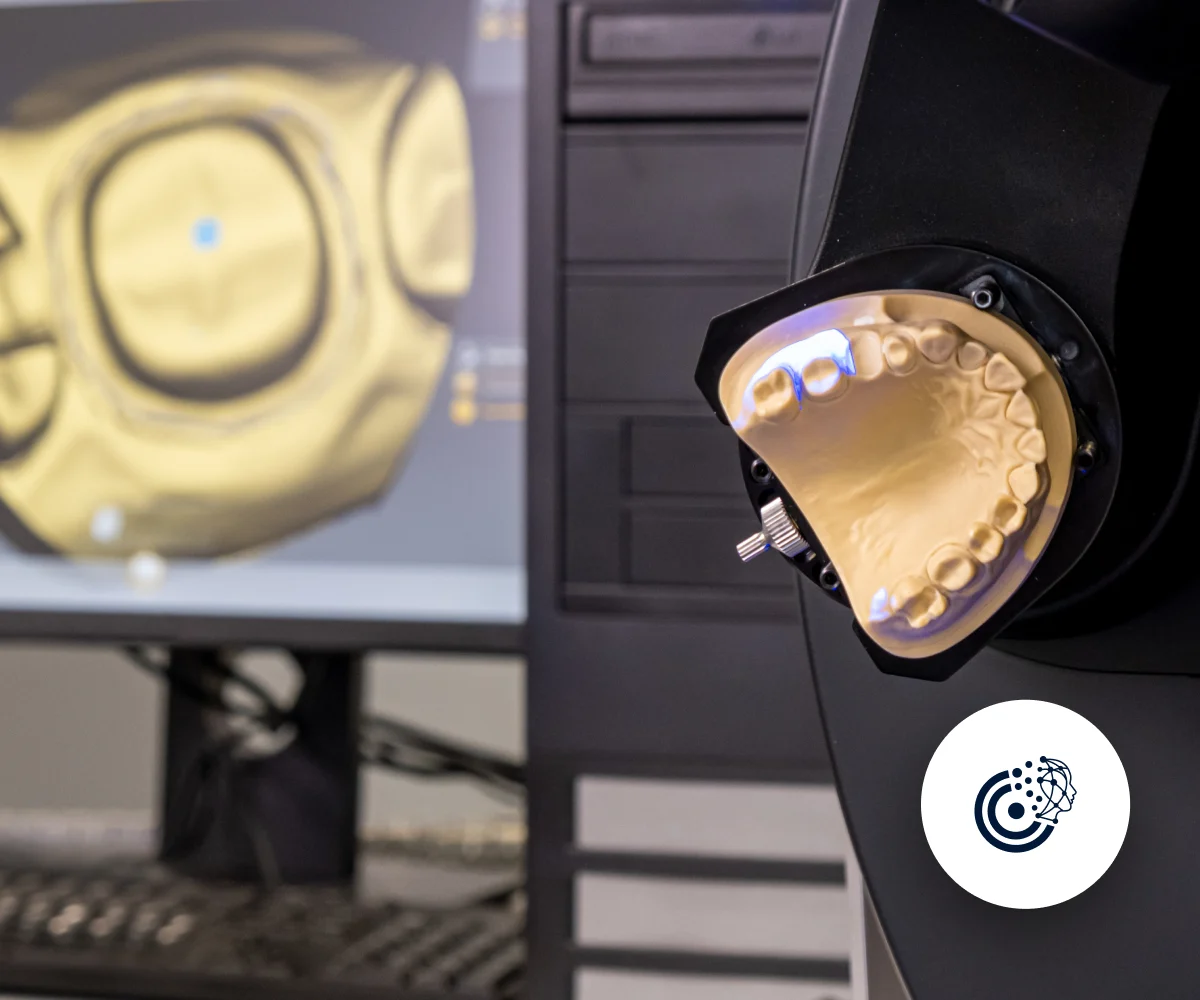Dental Charts: Fundamentals and Tips for Reading Tooth Tables
Dental Charting Symbols are essential for recording and interpreting the condition of a patient’s teeth. In dentistry, symbols and notations offer a universal language that helps professionals communicate the state and treatment needs of each tooth effectively. These symbols are part of dental charting—a standardized method used by dental assistants and professionals to document conditions such as decay, fillings, extractions, and more. By employing dental charting symbols and creating visual references, dentists can ensure consistent, accurate records, which are invaluable for treatment planning and patient communication.
What Are Dental Charts?
Dental charts use specific symbols, icons, and visual references to record the status and position of each tooth. These charts typically highlight each tooth’s number, position, and any existing dental work, such as cavities, fillings, and extractions. Among the most common is the dental tooth chart, a visual representation that simplifies identifying teeth by number and documenting their condition.
For instance, dental charting symbols are used to represent common issues. Symbols might indicate a filling (often shown by a marked area), a cavity (a black dot), or even a root canal (represented by other unique icons). These charting symbols in dentistry ensure that every aspect of a patient’s dental condition is clearly and consistently recorded, providing a valuable foundation for both dental care and patient education.
What Is a Tooth Chart and How Is It Read?
A tooth chart is a graphic or schematic table that represents each tooth in the mouth, used by dentists. It usually represents 32 teeth, each with a specific number. The tooth chart illustrates the position and numbering of teeth in the upper and lower jaws.
For example, the upper right back tooth is represented by "Tooth 1" by dentists, while the lower right back tooth is referred to as "Tooth 17" This numbering system enables dentists to identify and communicate about any tooth effectively.
Reading a tooth chart begins with understanding the number and symbols associated with each tooth. The condition of a tooth, such as cavities, fillings, or other indications, is represented by symbols. For instance, a black dot on a tooth might indicate decay, while a filled tooth is typically marked with a different symbol or color.
Common Dental Charting Symbols
In dentistry, charting symbols are essential to represent a variety of dental conditions. Here are some frequently used symbols:
• Decay/Cavity: Usually represented by a black dot or spot on the tooth, indicating areas of decay that may require fillings.
• Filling: Marked with specific colors or shapes, often representing different materials used for the filling.
• Extraction: Typically marked with an “X” or other designated symbol, showing that the tooth has been or needs to be removed.
• Root Canal: Represented by a line through the center of the tooth, indicating that a root canal has been performed.
• Fracture: Shown by a zigzag line or other break indicator on the tooth icon.
By learning these dental charting symbols and meanings, patients can better understand what each symbol signifies and follow along with their dentist’s diagnosis and treatment recommendations. This familiarity aids in clear communication and helps patients take a proactive role in their dental health.
Tips for Reading a Tooth Chart
1. Learn Numbering: Understanding that each tooth has a specific number is fundamental to comprehending the tooth chart. It's essential to remember the reciprocal numbering of teeth in the upper and lower jaws.
2. Understand Symbols: Learning what various symbols and colors represent is crucial. Different situations such as decay, fillings, extractions, or root canal treatments can be depicted by different symbols.
3. Pay Attention to Details: It's important not to overlook details regarding the condition of the teeth. Small symbols or markers may contain significant information about the necessity for treatment.
4. Regular Check-Ups: Having regular check-ups with your dentist aids in obtaining a better understanding of your dental condition. By examining the tooth chart during these check-ups, you can understand changes in your teeth.
Dental charts, especially the tooth chart, serve as a significant tool facilitating information exchange about dental health between both dentists and patients.
Tooth Chart and Treatment Planning
The tooth chart is vital in treatment planning as it visually depicts the condition of each tooth. Using specific dental charting symbols for problems like decay, dentists can quickly assess which teeth need treatment and develop a personalized care plan. For instance, cavities marked on a chart allow the dentist to focus on areas requiring fillings, while a symbol for gum disease alerts them to include preventive or corrective measures.
This systematic approach not only helps dentists maintain accurate records but also streamlines the treatment process, enabling proactive care tailored to each patient. A well-maintained dental charting notation can serve as a detailed roadmap for future treatments, helping prevent issues from worsening.
Advantages of Tooth Chart
1. Provides Visual Reference: The tooth chart offers a clear visual reference for both dentists and patients regarding the condition of the teeth. This aids in easier communication and better comprehension of treatment options.
2. Record Keeping and Tracking: Tooth charts allow dentists to record and track patients' dental health. This enables tracking of the treatment process and documenting improvements.
3. Can Be Used for Patient Education: Tooth charts can also be used to educate patients about oral hygiene and care. Visually, it helps in better understanding which areas require more attention or which treatments are recommended.
Limitations of Dental Charts
1. Lack of Standardization: Different dentists may use varying symbols or notation systems, making it challenging to standardize dental charts.
2. Not Reflecting All Details: In some instances, dental charts may not encompass all details. Particularly in complex cases, additional tests or detailed examinations might be required.
Importance of Dental Health and Dental Charts
Maintaining optimal dental health is essential, as oral health influences overall well-being. Poor dental health can lead to issues beyond the mouth, impacting digestion, speech, and even cardiovascular health. This is why dental charting is crucial; it allows for regular monitoring and assessment of each tooth’s condition, making it easier to address potential problems early.
A dental chart provides a snapshot of past and current oral health, allowing dentists to track changes and implement preventive care. With consistent charting, dentists can not only diagnose and treat dental issues effectively but also educate patients on the importance of good oral hygiene practices. Through clear records and personalized insights, dental charting supports better communication and encourages patients to be more vigilant in their dental care.
I have removed duplicate sections, consolidated key points, and integrated your specified keywords for SEO optimization. Let me know if further refinement or additional content for any sections is needed!
Updates and Technological Advancements in Dental Charts
With advancements in technology, there have been improvements in dental charts. Electronic record systems enable dentists to digitally store and access patient information, enhancing data sharing and communication among dentists.
Furthermore, through digital imaging technology, dentists can obtain more detailed and clear images. This improves the diagnostic process and makes treatment planning more precise.
Patient Education and Preventive Care
Another benefit provided by dental charts is educating patients and supporting preventive care. Tooth charts visually show patients the condition inside their mouths, providing insights into how they can better care for their oral health. This can assist in preventing cavities, gum problems, or other issues.
If you are interested in dental charting, click to review Craniocatch products.





 Contact Us
Contact Us

